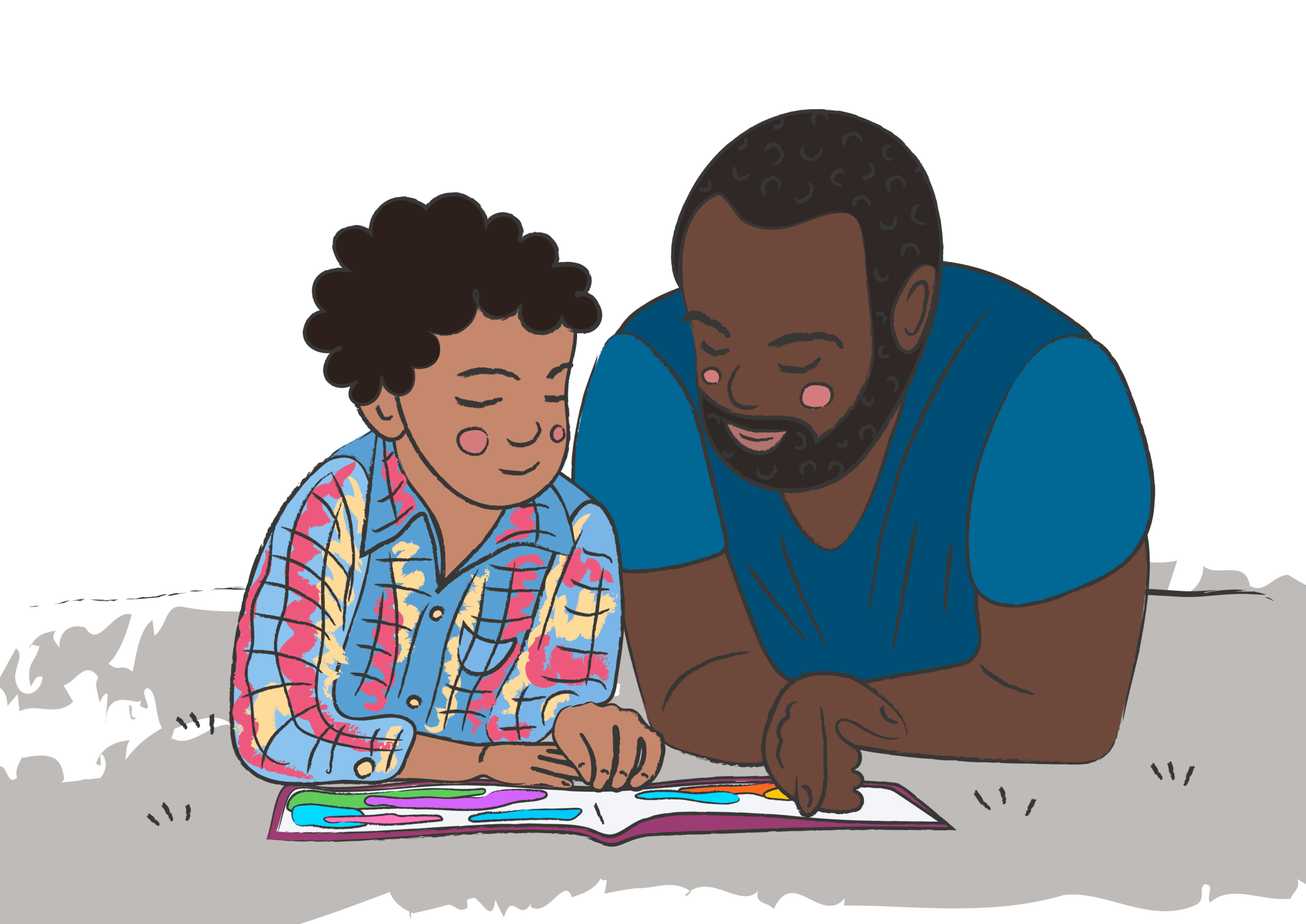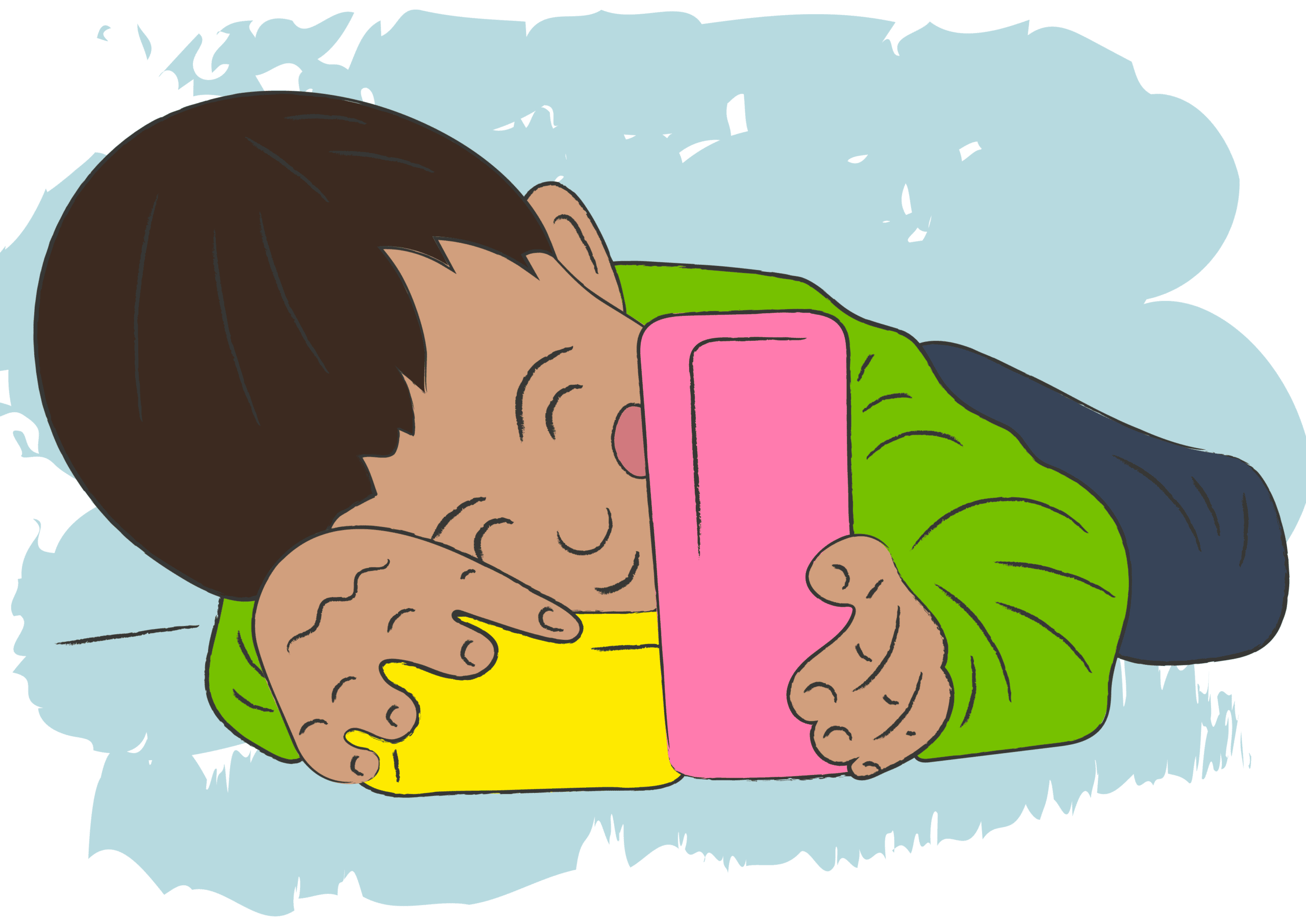What is Applied Behavior Analysis (ABA) Therapy?
Applied behavior analysis, or ABA, is a scientific, evidence-based, and data-driven therapy approach to helping individuals diagnosed with Autism to have greater independence and develop social skills to lead a fulfilling life.
The field of Applied Behavior Analysis relies exclusively on data obtained from each child. Programs and interventions are always child-specific and unique to the individual needs of the child and their family.
Applied Behavior Analysis strives to understand why behavior occurs so that the BCBA can apply a safe, effective intervention method that will either increase or decrease the target behavior(s). Whenever possible, the individual whose behavior is being changed is included in the intervention process.
ABA has four major characteristics:
Applied Behavior Analysis can be used for a wide variety of skill-acquisitions and daily tasks. ABA can address:
- Social skills
- Communication (for both verbal or non-verbal children using AAC devices or PECS)
- Reading & writing
- Learning & academics
- Fine motor skills
- Hygiene including toileting, tooth brushing, showering, etc.
- Grooming & dressing
- Feeding
- Domestic skills such as folding laundry, making the bed, vacuuming, etc.
- Play and leisure skills
History of ABA
Methods of ABA were first used in psychiatric hospitals where practitioners had no formal training and simply modified the technique they were using to suit their needs and achieve the results they wanted. There were no assessments or evaluations, and the target behaviors were determined by the patient’s care team with no regard to ethical considerations, the client’s well-being or the client’s wishes or desires. The methods the practitioners used were unethical and even harmful to the client. Starvation and public humiliation were typical in the psychiatric hospital when practitioners determined a particular behavior should be extinguished.
An ethics committee was finally formed and took reasonable control over the techniques and practices being hailed “behavior modification” and the so-called “behavior modifiers.”
The field shaped into a plethora of systematic, science-based practices with the highest standard of ethics in place. The Behavior Analyst Certification Board (BACB) takes ethics to a very high standard. It expects all those who work in the field, regardless of their title or credentials, to adhere to the ethical practices to ensure client safety and well-being.
Today’s world requires Board-Certified Behavior Analysts to obtain their master’s degree and pass the BCBA test. This follows the completion of a minimum of 1,000 hours in the field as a technician, where they also receive extensive training from a BCBA supervisor. It is imperative that the field of ABA never sees unethical behavior again, and every credentialed individual within the field takes ethics incredibly seriously.
The history of ABA is as important as what the field has become today so that families are confident they know what they are getting into with their children.
Types of ABA
- Discrete Trial Training (DTT) – new skills and/or behaviors are introduced in systematic trials, giving high praise and the preferred reinforcer for desired responses while ignoring incorrect ones.
- Early Intensive Behavioral Intervention (EIBI) – children under 5 and more typically under age 3 are taught social skills and desired behavioral responses by a one-on-one trained professional. This often helps to reduce tantrums, aggression, and/or self-injury
- Early Start Denver Model (ESDM) – an ABA approach that incorporates parents into the natural play environment where opportunities to develop social, play, and communication skills are presented to the child, typically age 12-48 months
- Pivotal Response Training (PRT) – works to identify a child’s motivation and build their own self-monitoring techniques. It also seeks to help the child with communication with peers.
Every ABA intervention program is comprised of seven dimensions. They are:
Generalization – new skills and behaviors can be demonstrated in other environments such as home, work, or school.
Effective – the interventions are evaluated to determine their impact on the target behavior. In other words, is the intervention working?
Technological – Each step of the intervention is written to the extent that anyone certified or given training within the ABA field could effectively execute the intervention without question. This ensures the programs and interventions are carried out exactly the same way, regardless of the therapist or BCBA on the client’s case.
Applied- the targeted behaviors have social significance to the client and will change the client’s life for the better when the target behavior is increased or decreased.
Conceptually systematic – All interventions are written with the fundamental principles of ABA in mind
Analytic – Every decision made by the BCBA is data-driven and supported
Behavior – the behaviors that are targeted for modification can be both observed and measured. The field of ABA does not consider those internal thoughts or emotions when determining interventions – everything must be science-based, observable, and measurable.
Applied Behavior Analysis primarily focuses on behavior modification strategies using positive reinforcement. In the early evaluations and often, weekly after that, reinforcers are determined for each child. Reinforcers can be anything- tangible, edible, or activity. The more preferred the reinforcer, the stronger and usually quicker a modification of the behavior will take place.
The goal behavior is reinforced until it can be generalized to other locations, such as home and school. Maintenance programs are run monthly to ensure the skill or behavior has been retained.
ABA focuses on the A-B-Cs of behavior – the antecedents (what happens before the behavior occurs), the behavior (what it looks like), and the consequences (what happened after the behavior was presented). These components help to determine why the behavior is occurring and what may either be evoking (bringing it out), abolishing (making it stop), or maintaining the behavior.
When a reason for the behavior has been identified, the BCBA will create a child-specific intervention plan to address behavior modification programs. It is not uncommon for a child to have several behavior intervention plans in place and simultaneously be working on the acquisition of skills. Each step of the way will involve parents/caregivers and will always keep the kiddo’s best interests and well-being at central focus.
For further reference, watch this short video from the Behavior Analyst Certification Board to gain a better understanding of Applied Behavior Analysis.
Further resources
ABA therapy can help children diagnosed with Autism in so many ways. No matter the level of “functioning,” every child has the potential and readiness for learning- BCBAs have the job of discovering the optimal routes for each child to learn and thrive in their environment. ABA is all about discovering how children with Autism learn best and customizing their therapy programs to their exact needs.
ABA therapy can help:
- Language and communication skills
- Improve attention, focus, social skills, memory, and academics
- Decrease and reroute aberrant behaviors such as hitting, screaming, kicking, throwing, etc
- Increase independence and autonomy in your child
- Build confidence to help your child thrive in their environments
ABA therapy is one of the only evidence-based treatments for individuals with Autism that is approved by the US Surgeon General and American Psychological Association. “Evidence-based” refers to the studies of ABA therapy that have successfully shown that this practice is useful and effective. Children who receive intensive, long-term services, 25-40 hours per week for 1-3 years are said to have better learning outcomes and academic success than their same-age peers with Autism who received no services. ABA is not a one-size-fits-all approach, and various techniques are used to achieve program goals for children.
Please see the following links for scientific study results regarding the efficacy of ABA therapy in children with Autism Spectrum Disorder:
https://www.sciencedirect.com/science/article/abs/pii/S1750946718300485
https://www.apa.org/about/policy/applied-behavior-analysis
One of the areas that demonstrates the most improvement for individuals with ASD receiving ABA therapy in Las Vegas is that of social skills. BCBAs implore a variety of techniques in order to help teach children with Autism to be more social individuals.
Examples of social interaction skills that may be written into your child’s program are:
- shaking hands
- social greetings
- eye contact
- taking turns
- saying “please” and “thank you”
- asking someone’s name / stating one’s name to a peer




